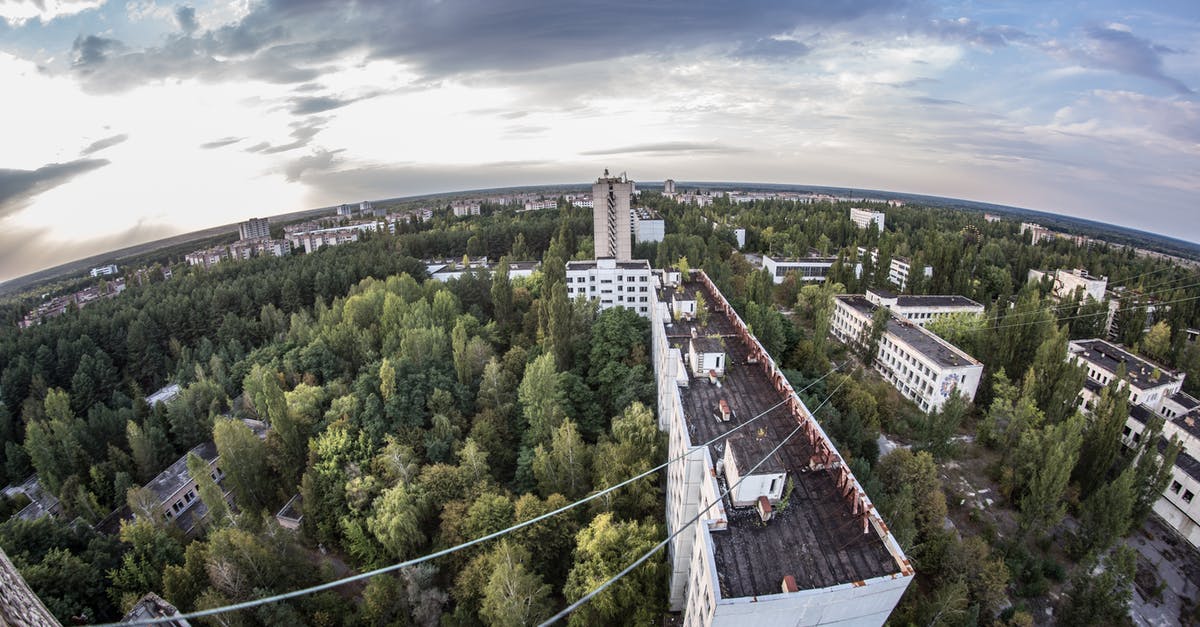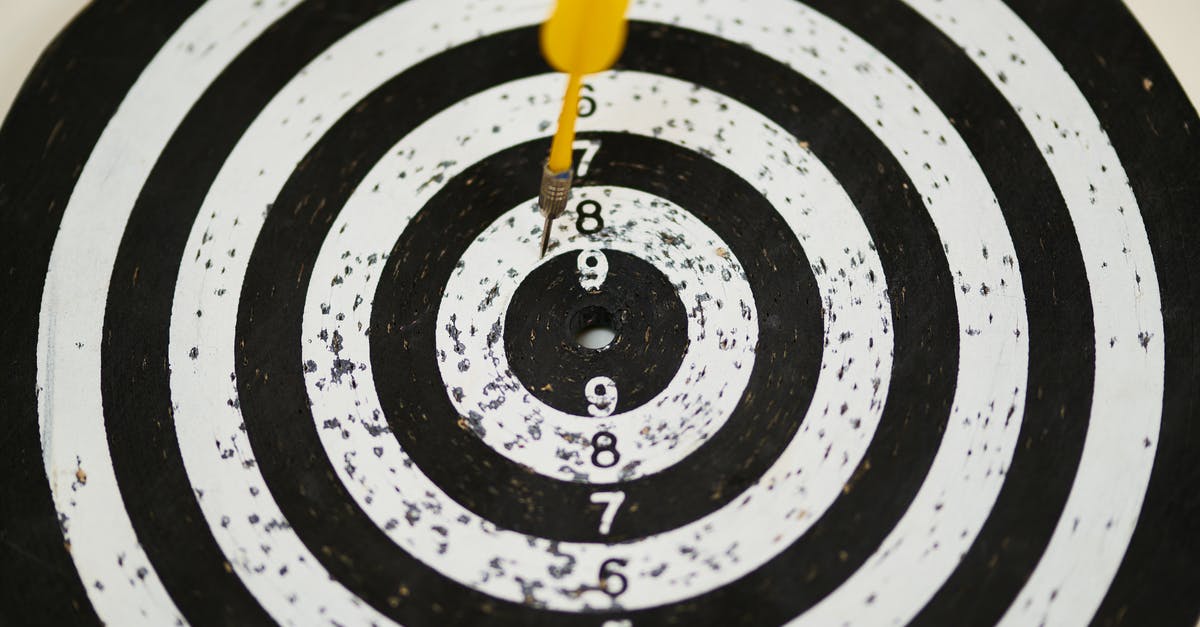Is HBO's Chernobyl accurate about the sequence of instructions causing reactor stall?

In the series finale of Chernobyl on HBO, Dyatlov orders Akimov and Toptenov to bring the reactor power down to 700 MW, as per the written test instructions, and then leaves the room without giving a different target. The reactor stalls as the operators try to stabilize at 700 MW because Xenon had built up from running half a day at half power, according to Legasov in the trial.
In his book Midnight in Chernobyl, Adam Higginbotham writes that
As soon as the Kiev grid dispatcher gave permission, the operators had resumed the reactor's long, controlled power descent and now held it steady at 720 megawatts -- just above the minimum level required to perform the test. But Dyatlov, perhaps assuming that a lower power level would be safer, was adamant that it be conducted at a level of 200 megawatts.
And this caused the xenon well / reactor stall.
So is Higginbotham's account accurate and the HBO show inaccurate? Removing Dyatlov's more blatant culpability as portrayed by Higginbotham doesn't seem necessary to heighten the drama. But perhaps Craig Mazin (HBO) removed some events from the sequence, to better fit them into a series of flashbacks from the trial?
Best Answer
The HBO show depicts events very close to the official soviet version of accident which was presented at IAEA meeting in Vienna in 1986 with Legasov as the head of the soviet delegation and which was used as the source for INSAG-1 report. As Legasov says in the show, many things they presented in Vienna were lies which put the blame on the operators to hide the fact that RBMK reactors were unsafe. Legasov was a deputy director of Kurchatov Institute which was an organisation responsible for this reactor physics. 6 years later, when a new report by a commission to The USSR State Committee for the supervision of safety in industry and nuclear power became available, IAEA published new report INSAG-7 in 1992, which is currently the most authoritative description of Chernobyl accident.
At 31:32 in the last episode they show control room with wall clock at 0:28 and power meter at 797 MW. In the real life, when Akimov shift started, the power was already at 720 MW (according to the log record at 0:05) and they were reducing power gradually to the range 400-500 MW. It is unclear why they were reducing power from 700 MW. Some insist that Dyatlov demanded this (eg, Fomin said this during trial but he wasn't present there and wasn't aware of what was going on) and Dyatlov himself denies this and says that Akimov was doing this on his own, due to some miscommunication, probably for another steam turbine test which was run before the final test. The original soviet version (INSAG-1) was that it was against the regulation to run the reactor below 700 MW, which isn't true. They also said that 700-1000 MW was minimum power level for the test while Dyatlov (who put this number into the test plan) says that it was maximum level for the test, as they couldn't handle excessive steam during turbine test.
At 32:00 in the episode Dyatlov leaves the control room but in his book he says that he left at 00:05 and returned at 00:35.
At 32:20 in the show the reactor power drops from 700 MW to 500 MW on its own. In reality this was controlled power reduction.
At 33:00 Akimov runs after Dyatlov. It didn't happen, Akimov was controlling reactor himself.
At 33:01 Akimov suggests switching from local automatic control to the global. According to logs local automatic control was switched at 0:28 to global automatic control which malfunctioned due to failure of detectors. Computer registered failure of automatic control detectors AR-1 from 0:28 till 0:43 and failure of AR-2 detectors from 0:31 till 0:52. It is unclear if switch from local to global happened automatically or manually. INSAG-7 says that LAC was switched off automatically and other sources say that it was done by the operator (Toptunov). In INSAG-1 this power drop described as an operator error and doesn't mention any equipment failures.
At 33:16 Toptunov switches from LAC to GAC, power drops to 30 MW. There is no indication about failure of GAC. Also Dyatlov was not present at the moment, he appeared few minutes later when Akimov, Toptunov and Tregub brought power to around 50-70 MW.
At 33:46 Akimov says that he is going to shutdown the reactor. This didn't happen, they immediately started bringing the reactor back. INSAG-7 report says that the rules contained contradictory requirements in this case so it is not clear if they had to shutdown the reactor or not. Dyatlov was found guilty of not shutting down the reactor anyway.
At 36:05 Roose Bolton says that everyone told the same story that Dyatlov was in the control room. During trial Metlenko says that Dyatlov was present during power drop but he can't confirm that Dyatlov was present all the time. Tregub also mentions that he noticed Dyatlov behind when they were bringing power up after drop but doesn't mention any commands.
At 42:43 Legasov says that operators pulled out 205 out of 211 control rods. He is talking about equivalent control rods. There were dozen control rods still partially inserted into the active zone but their effect was equivalent to 6 fully inserted control rods. This data is actual for 1:22 time, not for 0:38. At 0:38 it was probably only 1 equivalent control rod See graph above, values marked R??. At 1:00 they had 17 equivalent control rods. The regulation minimum is 10 equivalent control rods.
At 43:11 Legasov says that emergency system was disconnected (and the same was published in INSAG-1). There were many emergency systems and some were disconnected but most of them according to regulations. Only system which was disconnected against regulations is emergency reactor cooling subsystem which wouldn't have helped to prevent explosion.
At 43:45 Akimov says that all they can get is 200 MW. As they had 17 equivalent rods of reactivity margin they probably could increase the power. From 0:41 till 1:16 they were running first turbine test which required to be run at 200 MW power.
At 44:31 Akimov says that the turbine is going too slow for the test to deliver any valid results. Metlenko, the engineer who developed the test plan for turbine, says at the trial that 200 MW was enough.
At 44:34 Stolyarchuk turns on pump #4 and alarms about low pressure in the separator drums goes off. They had multiple alarms from 0:34 till 1:10 but pump #4 was turned on only at 1:15.
At 46:04 Legasov says that Toptunov at 1:22:30 sees a report from the computer system. In the real life computer did calculations but it was in a separate room and to get the report you need 5 minutes to get there. The reactor exploded in 2 minutes and the results were printed out much later using a similar computer at a different power plant. INSAG-1 and judges during trial make an accusation that operators had the result of this calculation and were aware that they were running with only 6 equivalent control rods which is against regulations.
At 47:00 Legasov says that at 1:23:05 pumps are shutdown and removes blue card marked Water. In the real the pumps were running even after the reactor exploded. With additional pumps turned on at 1:15 they even exceeded maximum limit of amount of water fed to the reactor and they were blamed in INSAG-1 that this could have caused pump cavitation and failure to feed water to the reactor.
At 47:48 they show power meter 1:23:35 rising to 1000 MW at 48:01. Actual power increase was only to about 230 MW before they pressed AZ-5 button.
At 50:35 they show Akimov pressing AZ-5 at 1:23:40 in panic (INSAG-1 says that reactor runaway started before they pressed AZ-5 and they tried to stop it by pressing AZ-5). In the real Akimov gave command with calm voice to press AZ-5 to shutdown the reactor as they ended experiment. This button is used for normal shutdown too and the last Chernobyl reactor was shutdown on TV by using the same AZ-5 button in 2000. But in 1986 power surge after pressing AZ-5 was so fast that recorder showed straight vertical line. They were supposed to press AZ-5 button at the same moment as they started test at 1:23:05 (it was done automatically during the same tests before). Calculations show that explosion would still happened anyway if they pressed it 35 seconds earlier. INSAG-7 report also says that it is unclear if explosion wouldn't have happened if they were running at 700MW as planned.
P.S. Criminal investigation against Akimov and Toptunov was closed only in November 1986, six months after their deaths.
Sources:
Primary source is INSAG-7, INTERNATIONAL NUCLEAR SAFETY ADVISORY GROUP, IAEA, The Chernobyl Accident: Updating of INSAG-1, 1992
Most of trial testimonies are taken from the book by Nikolai Karpan who was present at the trial and made notes himself, ?????? ?. ?. ?????????. ????? ??????? ????? / ???????????? ????? ?????? ???????? ??????? ????? ? ???????. ?????? ?????? ??????? ????????????? ??????????/ ????: ?? «?????? ????», 2005. ISBN 966-96377-4-0
Dyatlov is quoted using his book in Russian, English article by Dyatlov can be found here
Pictures about "Is HBO's Chernobyl accurate about the sequence of instructions causing reactor stall?"



How scientifically accurate is Chernobyl HBO?
The science side of Chernobyl does suffer a bit, being simplified in some points, and blown out of proportion at others. Some parts of the show are incredibly scientifically accurate, and some fall short.Is Chernobyl historically accurate?
In all significant respects, Chernobyl is faithful to what happened. The only notable differences were cuts made for time or wardrobe choices made for clarity. As writer Craig Mazin put it, when speaking about the firefighters walking right up to the burning nuclear reactor: \u201c[That really happened].Why did Chernobyl reactor stall?
On April 26th, 1986, a nuclear power plant in Chernobyl, Ukraine failed violently during a scheduled test of the turbine system. The power of the reactor increased out of control from a low-power state, rapidly boiling water and causing a steam explosion that blew the roof off the the reactor.Who is to blame for the Chernobyl disaster?
But who was to blame? Viktor Bryukhanov was officially held responsible for what happened at Chernobyl. He had helped to build and run the plant, and played a pivotal role in how the disaster was managed in the aftermath of the reactor explosion. Here's more about Viktor Bryukhanov.More answers regarding is HBO's Chernobyl accurate about the sequence of instructions causing reactor stall?
Answer 2
Oops, should have checked Wikipedia first. According to Wikipedia, the HBO version seems more accurate than Midnight in Chernobyl. [https://en.wikipedia.org/wiki/Chernobyl_disaster#Conditions]
The test plan called for a gradual decrease in power output from reactor 4 to a thermal level of 700–1000 MW.[41] An output of 700 MW was reached at 00:05 on 26 April. Due to the reactor's production of a fission byproduct, xenon-135, which is a reaction-inhibiting neutron absorber, core power continued to decrease in the absence of further operator action—a process known as reactor poisoning
However perhaps there were conflicting accounts on this:
The exact circumstances that caused the power fall are unknown because Akimov died in hospital on 10 May and Toptunov on 14 May; early reports attributed it to Toptunov mistakenly inserting the control rods too far into the core, but it has also been suggested it was due to an equipment failure.[38]:11"
Sources: Stack Exchange - This article follows the attribution requirements of Stack Exchange and is licensed under CC BY-SA 3.0.
Images: Wendelin Jacober, Pixabay, Engin Akyurt, Aphiwat chuangchoem

